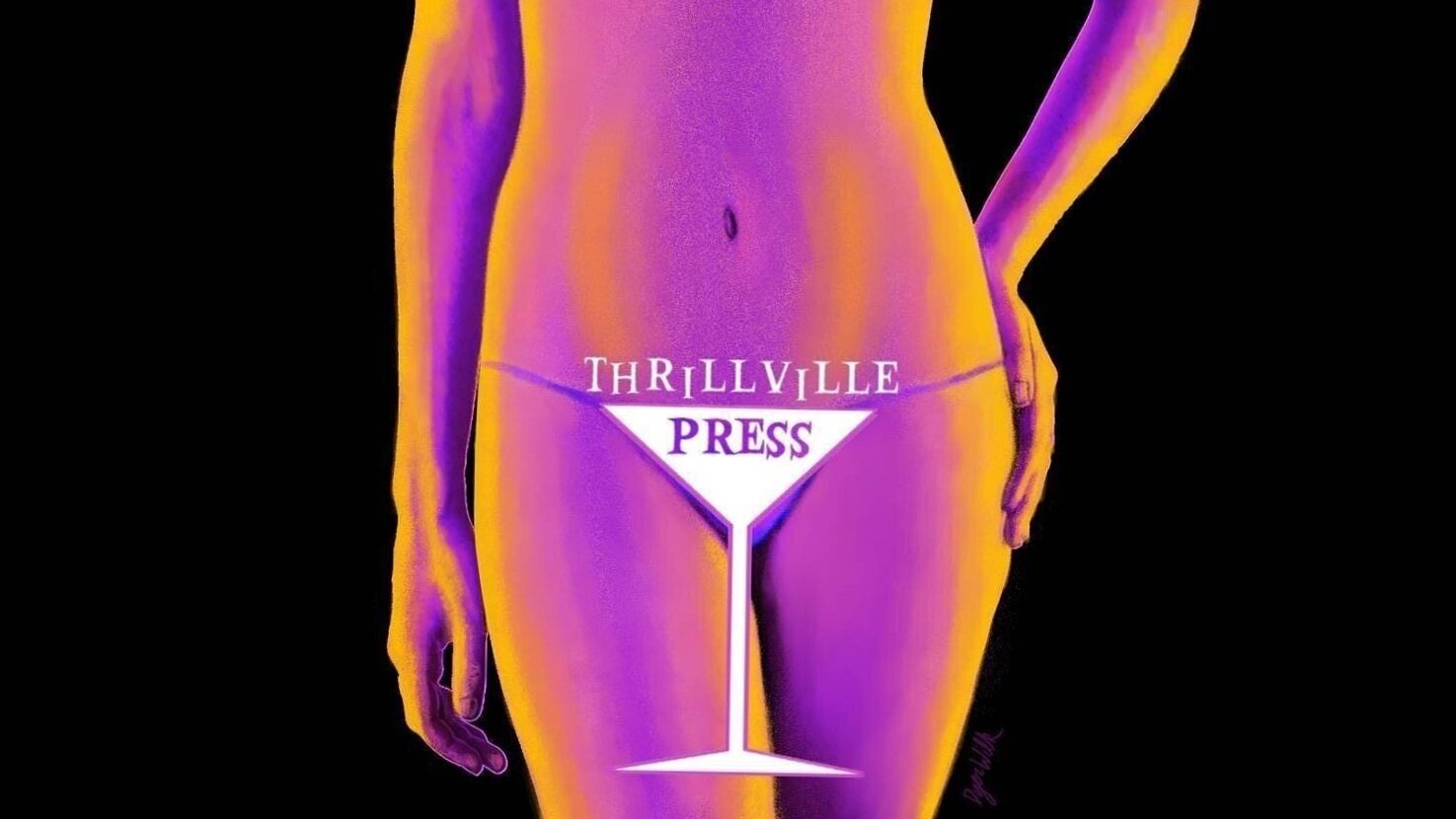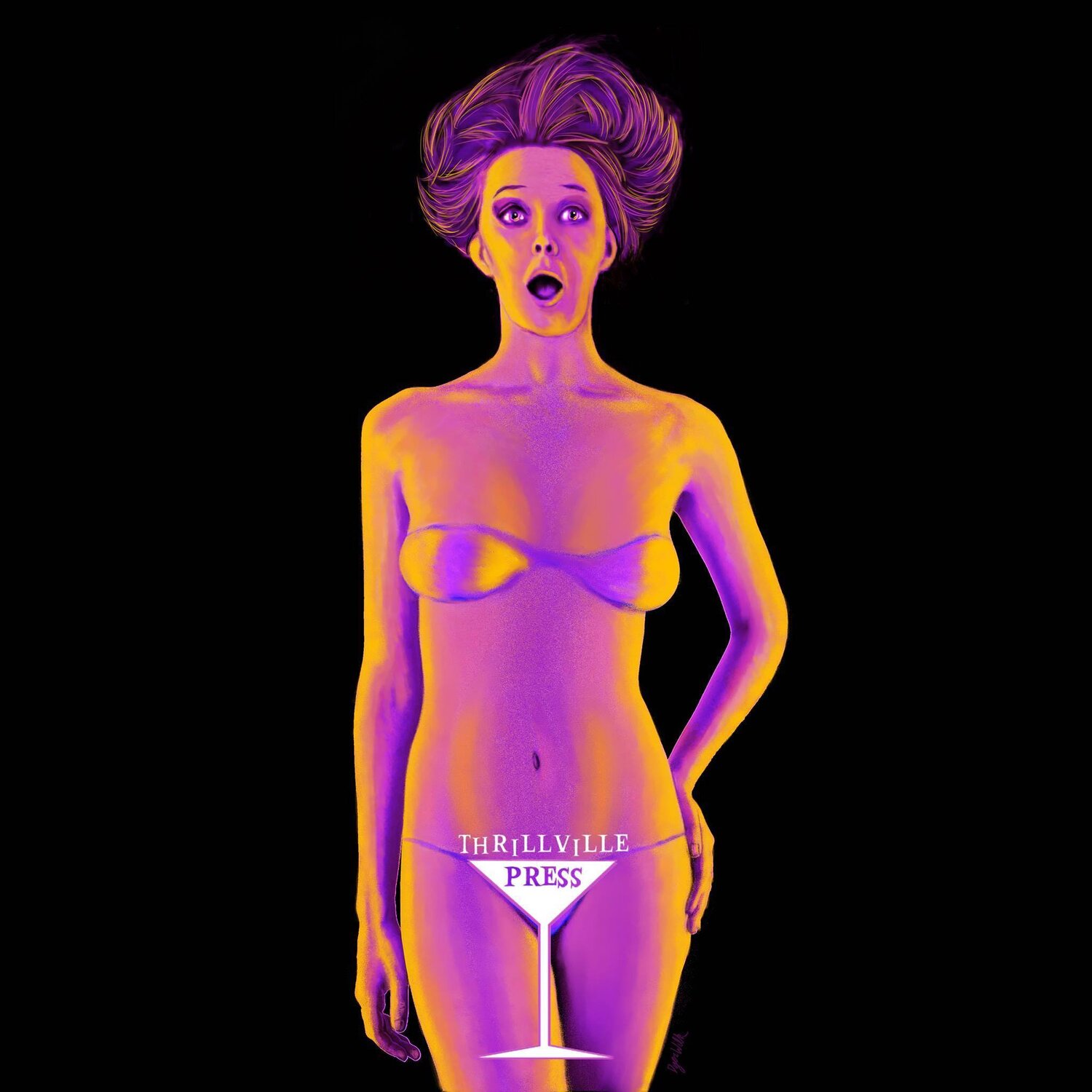“Mad Men”: The Sweet Hell of Excess
Originally published in The Noir City Sentinel
Style to burn. Clipped, hard-boiled dialogue. Desperation masquerading as ambition. Moral ambiguity. External fashion poorly concealing internal angst. Sex exploited as a tool, and as a weapon. Secrets ticking like time bombs beneath a sheet of well-manicured ice. Nostalgia for a past that never was, and hope for a future that never will be.
Style to burn. Clipped, hard-boiled dialogue. Desperation masquerading as ambition.
Sound like film noir? Sure it does. But I’m actually describing AMC’s breakout television phenom Mad Men. I’m not the first rabid fan to note the aesthetic and thematic parallels with Sweet Smell of Success and The Apartment, but given these obvious cinematic precedents, is that enough to consider Mad Men authentic noir? It doesn’t hurt, but like the show itself, you need to dig a little beneath the suave but sweaty surface to uncover the ugly truth.
There’s no smoking gun (so far) on the show, but there’s plenty of smoke. Everyone in the second-tier Manhattan advertising firm of Sterling & Cooper lights up every chance they get, and even the housewives “safely” back home in the bubble-domed ‘burbs are blissfully and obliviously cancer-happy. Cigarettes are an iconic symbol of noir, the characters casually sucking down their own self-annihilation even as they scheme to survive whatever mess they’ve made for themselves. The irony of course is they all look so cool doing it, the viewer feels an uneasy but seductive sense of near-envy. This ambiguous voyeurism is a major attraction for modern fans of classic noir.
The show is currently set in the early 1960s (plans are to span the decade over five seasons), ironically the period that played the swan song of classic noir, with notable exceptions (Shock Corridor, The Naked Kiss, Blast of Silence, Cape Fear, Brainstorm, etc.) In fact there’s a Sam Fulleresque component of duality and depravity quietly lurking beneath the show’s stunningly realized mid-century modernist veneer. The proceedings slither slowly by, like a gorgeously colored snake in an idyllic jungle, stopping to bare their venomous fangs and strike in quick, startling bursts that move along the plot with dramatic abruptness before settling back down to its deceptively languorous path. You never know what to expect, even if it’s nothing, and nothing is never what is seems.
The show is currently set in the early 1960s (plans are to span the decade over five seasons), ironically the period that played the swan song of classic noir, with notable exceptions (Shock Corridor, The Naked Kiss, Blast of Silence, Cape Fear, Brainstorm, etc.) In fact there’s a Sam Fulleresque component of duality and depravity quietly lurking beneath the show’s stunningly realized mid-century modernist veneer. The proceedings slither slowly by, like a gorgeously colored snake in an idyllic jungle, stopping to bare their venomous fangs and strike in quick, startling bursts that move along the plot with dramatic abruptness before settling back down to its deceptively languorous path. You never know what to expect, even if it’s nothing, and nothing is never what is seems.
Similarities to The Sopranos, another deliberately paced Shakespearean noir masterpiece that barely fit the small screen it was shot for, are apparent to anyone who’s seen both shows. It’s no coincidence they both boast the creative genius of producer Matthew Weiner, a notorious stickler for seemingly invisible and inconsequential details. He deftly navigates this beautiful minefield with an assured vision. The various intertwining subplots explode and the characters implode according to a private cue; we’re not privy to the overall arc revealing itself with sublime subtlety, we’re happy to take the ride, all temporary frustrations aside.
The writing, like the décor, is very true to the period without being self-consciously witty, worthy of minimalist wordsmiths Dashiell Hammet , Ernest Hemingway and Jim Thompson. My favorite line so far: a self-righteously anarchistic beatnik asks capitalist Don Draper how he sleeps at night. Answer: “On a bed made out of money.” The dark brilliance of Mad Men lies in its lack of retrospective judgment. It simply puts this most schizophrenic
of American eras on vivid display, and lets us decide how much we’ve really changed for the better. One thing is for sure: the racism and sexism may have abated to an extent, resulting more from a shifting ratio of outspoken demographics than a vast spiritual awakening, but we sure look like a bunch of politically correct slobs by sartorial comparison. (Well, I don’t, but in general….)
As good as they look, the show is a hit largely due to the contemporary resonance of the expertly cast characters. They’re still us, deep down, only with a superior sense of style, whether kibitzing around the office cooler or playing poker at home with the neighbors. Young ad agency hotshot Pete Campbell (a smarmy but strangely sympathetic Vincent Cartheiser) is Sidney Falco without the smarts – he’s equally devious, squirming with the same self-serving cynicism, but he’s continually undermined by his own preening pretentiousness. He plays the foil to his boss, warped father figure and central protagonist Don Draper (played to the hipster hilt by John Hamm) in the same way Falco bounced off JJ Hunsecker, but there the analogy falls part, because unlike Hunsecker, Draper is far too empathetic and complex a character. As with Tony Soprano, we’re sometimes appalled by his moral myopia, particularly his cavalier attitude towards his own adultery, but he also exhibits a sincere sense of old school chivalry that often contradicts his unapologetic chauvinism and selfishness.
John Slattery as company bigwig Roger Sterling is likewise a mixed bag of damaged goods, a WW2 man who laments the good ol’ days of his generation’s dominance in the culture. He’s confused by the rapid changes in society and keenly senses the youthful revolution and civil rights upheavals, even as he arrogantly dismisses them as trendy annoyances.
That state of denial is a key shared quality of all the characters, whether it’s the illicit pregnancy of secretary-cum-copywriter Peggy (a perfectly imbalanced Elisabeth Moss) or the lovelorn insecurity of aging bombshell Joan Holloway (viciously voluptuous Christina Hendricks). Super-slick “ladies man” Salvatore Romano (under-mentioned Bryan Batt) is constantly beating down the inner flames of his true sexual nature, and the strain is beginning to show (these days his mannerisms would be painfully revelatory). Don Draper’s long-suffering and increasingly neurotic wife Betty (January Jones) is the scariest suburbanite since The Stepford Wives. So far she’s barely been able to control her pent-up desires and frustrations, but if I were Don, I’d hide the knives. Of course, he can’t really see the same pacing tiger the rest of us do, and even if he does, he mentally downsizes her to a claustrophobic pussycat. She’s a lot more dangerous than that. If any dead bodies turn up on this show, my guess is they’ll be rotting away in the Draper basement, beneath the bomb shelter stock of canned tomatoes.
John Slattery as company bigwig Roger Sterling is likewise a mixed bag of damaged goods, a WW2 man who laments the good ol’ days of his generation’s dominance in the culture. He’s confused by the rapid changes in society and keenly senses the youthful revolution and civil rights upheavals, even as he arrogantly dismisses them as trendy annoyances.
That state of denial is a key shared quality of all the characters, whether it’s the illicit pregnancy of secretary-cum-copywriter Peggy (a perfectly imbalanced Elisabeth Moss) or the lovelorn insecurity of aging bombshell Joan Holloway (viciously voluptuous Christina Hendricks). Super-slick “ladies man” Salvatore Romano (under-mentioned Bryan Batt) is constantly beating down the inner flames of his true sexual nature, and the strain is beginning to show (these days his mannerisms would be painfully revelatory). Don Draper’s long-suffering and increasingly neurotic wife Betty (January Jones) is the scariest suburbanite since The Stepford Wives. So far she’s barely been able to control her pent-up desires and frustrations, but if I were Don, I’d hide the knives. Of course, he can’t really see the same pacing tiger the rest of us do, and even if he does, he mentally downsizes her to a claustrophobic pussycat. She’s a lot more dangerous than that. If any dead bodies turn up on this show, my guess is they’ll be rotting away in the Draper basement, beneath the bomb shelter stock of canned tomatoes.
There are no actual crimes committed on Mad Men, other than the ones against humanity.
There were no homicides in Sweet Smell of Success, either, except for character assassination. The coldly calculated cashing-in of a plane crash, the ruthless and fruitless blackmail attempt, the hidden identities, the slippery sense of security, the gnawing hunger for a familial foundation, the erotic suppression and oppression, the many self-deceptions, the soul-sapping corporate careerism, the pervasive Cold War paranoia, the haunting echoes of faded glory, the undeniable fear that this carefully constructed and passionately protected Camelot will soon come to a tragic end – these are the hallmarks of Mad Men, and the staples of film noir.
So loosen that tie or girdle, mix a cocktail, put on some Sinatra or Esquivel, and relax, because whatever it is, it’ll all change soon enough, whether you want it to or not. In the harsh face of reality, all you can do is dream – and drink. Cheers!

So loosen that tie or girdle, mix a cocktail, put on some Sinatra or Esquivel, and relax, because whatever it is, it’ll all change soon enough, whether you want it to or not. In the harsh face of reality, all you can do is dream – and drink. Cheers!


